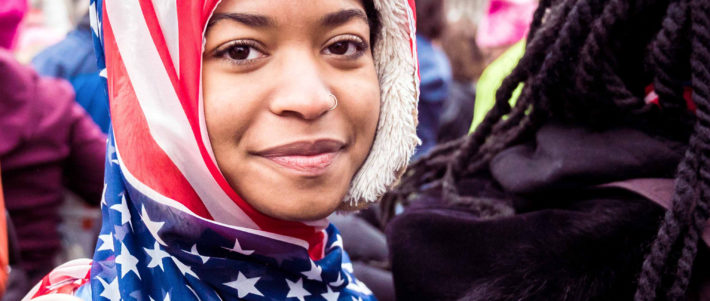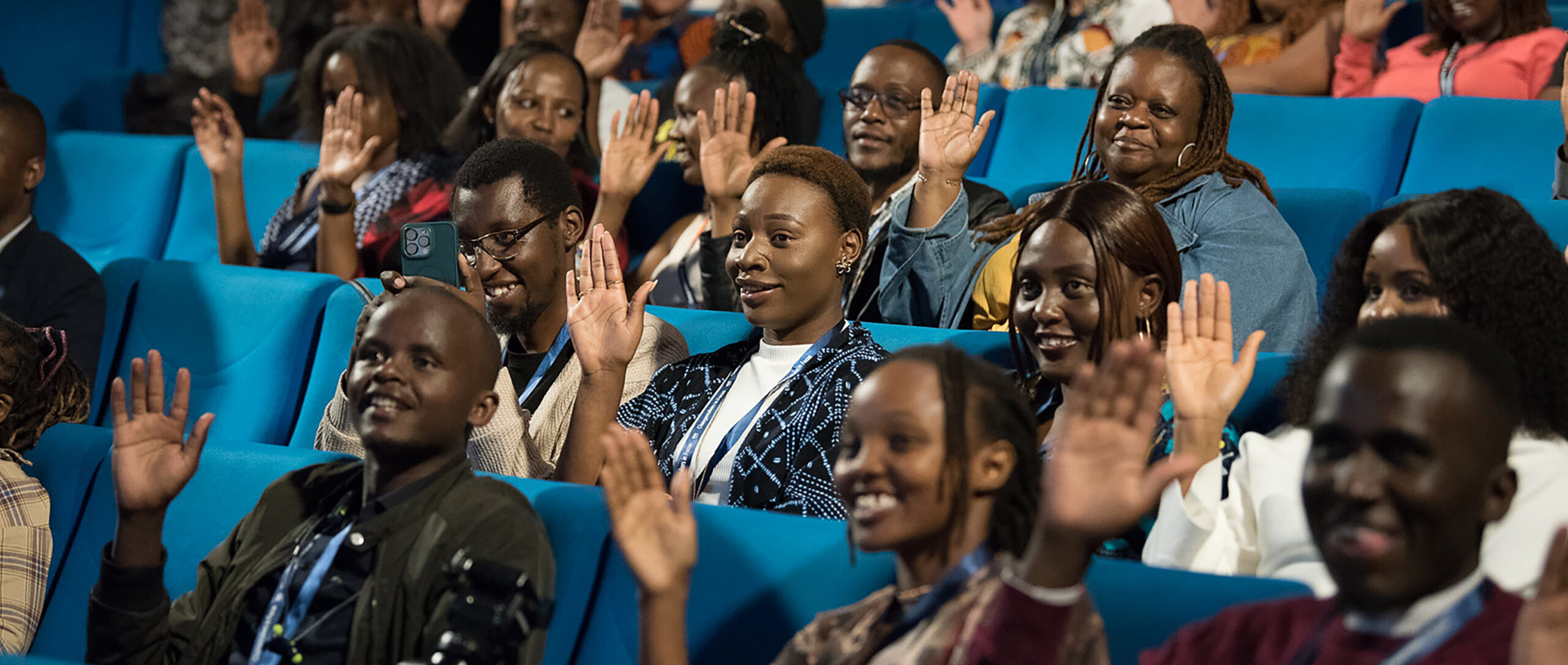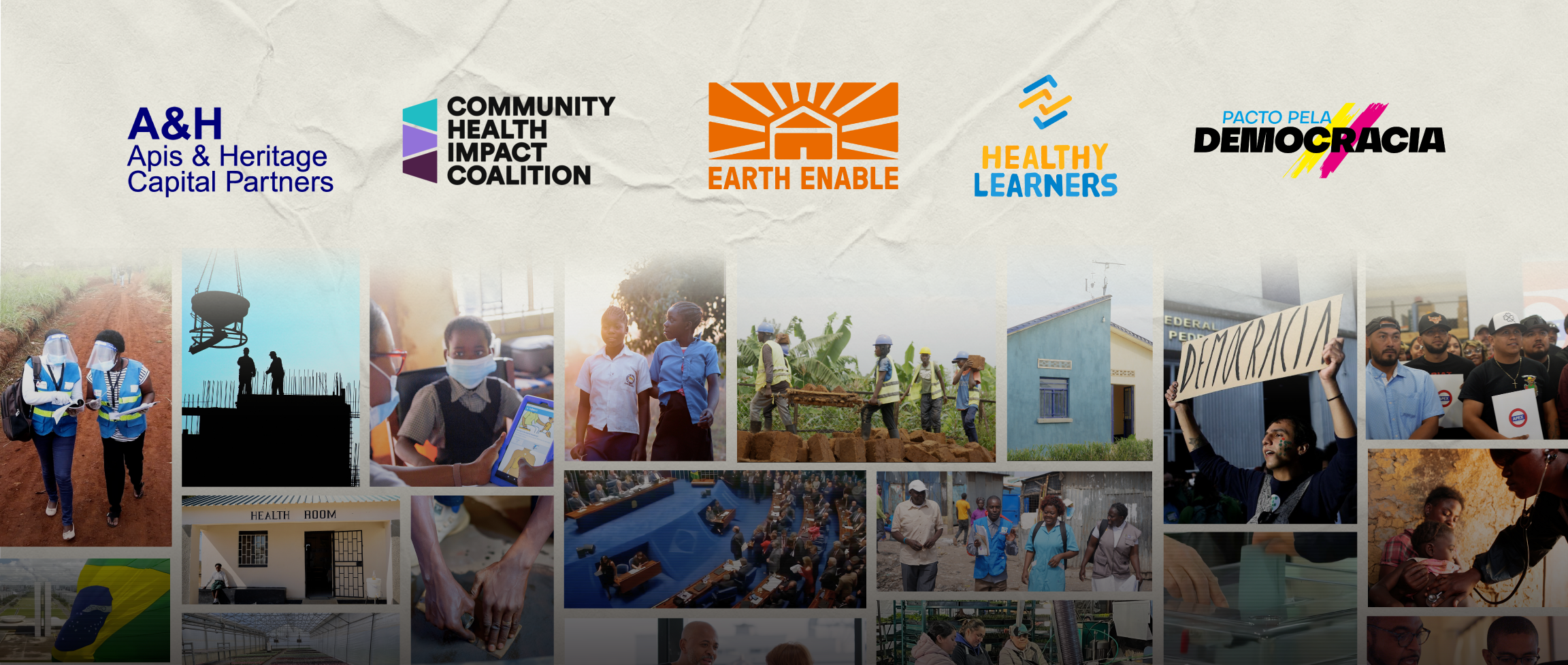Creating Common Ground in an Era of Division
On January 21st, my daughter and I joined the sea of citizens marching in solidarity down Independence Avenue in Washington, D.C. Humanity in all colors, ages, and genders jostled along, people banging drums, linking arms, raising fists. A young Muslim girl wore a hijab from fabric printed in the Stars and Stripes and walked alongside first-time activist homemakers and seasoned protesters, many of whom had arrived that morning on overnight buses. As we passed the Supreme Court on our left and the Capitol dome came into view, a chant volleyed off the marble and asphalt:
Tell me what democracy looks like!
This is what democracy looks like!
Periodically, the tectonic plates of social, political, and economic forces collide and the fault lines beneath us rupture violently. Though we sometimes fail to recognize these fissures, they’re always lurking. Eventually though, tensions reveal themselves, and with that exposure comes an opportunity to confront the underlying gaps of injustice, intolerance, and inequality—and to identify paths forward.
Recent history is rich with examples of ruptures followed by reconstruction—not just factures repaired, but dramatic shifts in the societal status quo. The Universal Declaration of Human Rights emerged from the rubble of World War II. The apartheid system crumbled under international pressure, resulting in Nelson Mandela’s release and South Africa’s first multiracial elections. The devastating AIDS epidemic in Africa finally led to the creation of bipartisan PEPFAR, a cornerstone U.S. global health program that has saved the lives of millions.
Where new tensions emerge and territorial borders strengthen, along with vicious and antiquated markers of ‘us’ versus ‘them’, we must actively seek out opportunities to listen, to connect, and to heal. Climate change knows nothing of such divisions, nor does disease or water insecurity. As humans, we all want the same things for ourselves and our children: a chance and a voice, safety and opportunity, health and wellbeing. Distill the basic human desires and there is no ‘them,’ only a resounding ‘us,’ only common ground.
Great disruption, with its exposed fault lines, points the way to the first two stages of social entrepreneurship: truly understanding a system and envisioning a new future. Social entrepreneurs are naturally drawn to these exposed fissures, compelled by compassion to save those teetering on the edge.
With divisions now made clear, and a new sense of urgency, we prepare ourselves to set the bar high for change. Our work may now be more difficult than ever, but our responsibility to respond and act has increased. Once erupted, these fault lines unleash tremendous energy. It’s up to us to harness that force for good.
As I joined the throng in the streets of Washington, D.C., I felt propelled by a new momentum, an inescapable push in the right direction, always forward. The work of democracy and justice is never finished. Now is a moment to renew our common cause, to forge bold partnerships, to bridge all that divides. Now is the moment we must reunite with those left behind or spurned. Now is the moment to embrace our common humanity.



